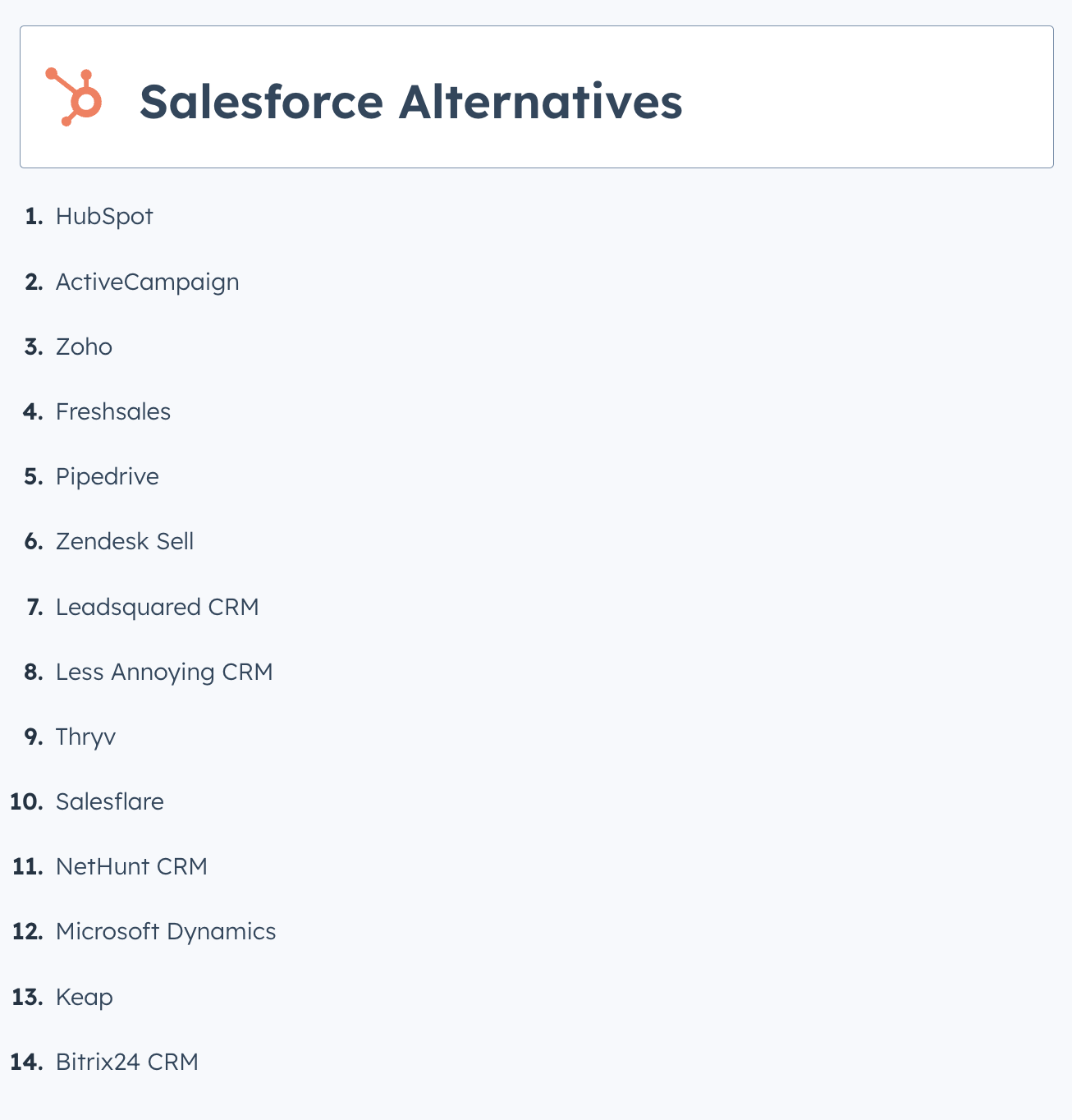If your team has developed a SaaS product, you might be inclined to make it available to the public right away.
This would be a mistake. You owe it to your future customers to have your product tested by a small group of people first.
That way, you can get feedback and improve your beta version.
In other words, a beta testing platform is critical to a product’s success.
Finding beta testers, however, can be a tedious task. In this article, we’ll look at how you can find and reach out to people willing to test-run your product. This will help you get user feedback.
The ultimate goal is to launch a great product that your users love. So, getting beta testing feedback before you launch is essential.
Who is a beta tester?
Before we explain how to find beta testers, let’s define who a beta tester is. This is usually a technology fan who loves early access to new products and features. They will likely take on a new software testing opportunity because it’s fun for them. An ideal beta user won’t need much convincing. And they’re probably familiar with beta testing apps.
A beta tester uses a product being built to identify bugs, usability issues, and opportunities to improve user experience. They help product management and the development team polish products before publicly releasing them.
If your product is established but you’re working on a new feature, you can collect beta feedback with the help of your products’ fans. You’d want to employ focused beta testing on just that feature. Power users of specific features might be ideal testers here.
You can still create a beta family if your product is brand new. Then, you can reach out to them repeatedly when working on product development.
Now that we are clear on the definition, let’s explore how to find beta testers.
Step 1 for finding beta testers: use emails effectively
To start, make use of email to find beta testers.
You can ask your company employees to add a note about this in their email signatures. Make it known that you’re looking for testers for your product. Your company’s employees most likely send lots of emails every day. Including that small note in their email signatures can reach a vast audience of potential beta testers.
You can run a campaign with your existing email list, too. Those people already receive your content, so they’ll be more likely to read and respond to your request.
Keep your email short and to the point, and send no more than two requests to your subscriber list. Break these up with plenty of helpful information and quality content. After all, this is what your audience expects from you.
Social media sites often have beta testing and marketing groups you can join. Try Facebook and LinkedIn groups, Reddit, Slack, and Discord communities. You can join those groups and post your request for testing volunteers. These groups consist of the target audience you’re looking for.
Make sure your post is short, to the point, and straightforward. You aim to convey your message so potential testers can come forward. Explain your product, what you need beta testers to do, and when you require them.
Testing your product can take up a lot of time. So it’s best to offer something in return for their valuable feedback.
HERE ARE SOME OF THE INCENTIVES YOU CAN OFFER:
- Gift cards for online retailers like Amazon
- Your company’s other products, if any
- Behind-the-scenes perks, such as access to your team or a VIP invite to a company event
- Personalized gifts such as a t-shirt or mug
- Product discounts
Ensure that the overall value of your incentives aligns with the efforts your beta testers will have to put into testing your product.
Step 3 for finding beta testers: use Product Hunt, Betalist, and other beta testing sites
Product Hunt and beta testing sites such as Betalist are great for this. Connect with product users who wouldn’t mind trying out new products. All you need to do is meet the site’s guidelines and submit your product for consideration.
To post a product on Product Hunt, you need to sign up with a personal account. A product must be “hunted” to feature on the site. And it’s the Product Hunt community that upvotes what they like and what they find helpful.
Don’t worry—you can “hunt” your product yourself (via your personal) account or ask someone else to hunt it for you. Hunting your own product saves you time and gives you the most control over the launch.
You need more than an account to post a product on Betalist.
According to its submission criteria, you and your product should meet the following criteria:
- The product should be new
- The product should not have been featured on Betalist before
- The company behind the product should be a technology startup
- The product should have a distinct, decent-looking landing page
- Visitors should be able to sign up to a mailing list
If you don’t have a landing page yet, use a landing page builder such as Unbounce, Landingi, or Leadpages to build one. Tools such as Mailchimp and Brevo can help you create an email signup form.
There’s one particularly great thing about posting on Product Hunt and beta listing sites. You’ll draw traffic to your site and attract great beta testers. And this will raise the profile of your product.
Step 4 for finding beta testers: blogging and guest posting
You might ask yourself: “What do blogging and guest posting have to do with finding beta testers?” Guest posting is an excellent way to increase visibility for your product (and your search for beta testers).
For example, you can create an in-depth blog post about alternatives to your competitor’s product. These types of round-up posts often perform well in Google Analytics.
Include your new product on the list and mention that you seek beta testers. And remember to link to a page where potential testers can sign up! You can expect a healthy number of signups for your beta testing program.

With quality blog content, you can also build a strong email list. Then, you can use that list to run your email campaign for the beta program (see the email section above).
You can also write for other websites as a guest blogger. You’ll need to connect with the people running your target websites. All those people become added connections within your network. You can ask them to check out your SaaS product and see if they would benefit from it.
Using this strategy, you don’t just grow your network and get the necessary beta testers. You can also build links to improve your website’s overall search ranking. And this can drive valuable additional traffic to your site.
Step 5 for finding beta testers: reach out to influencers
Social media comes into play again. It can help you reach thousands of potential beta testers and future customers. But unless your brand already has a substantial social media following, you can’t rely on your followers alone. This is where influencers can help you.
Reach out to relevant influencers with a proposal to beta test your product. Also, ask them to promote it to their audiences. Their network might contain other potential testers and even future customers). Make sure you choose influencers in your niche whose audience aligns with yours.
It’s best to email your chosen influencer instead of messaging them via social media. Remember, they get hundreds of direct messages every day. Use an email verification tool to look up their email address if it isn’t listed.
When you reach out, be professional and make a clear and specific request. You should also be clear about what you can offer as compensation in exchange for influencers’ time and access to their audience.
Learning from your beta testers
Congratulations—you’ve found your first 100 SaaS beta testers. Now, it’s time for feedback collection.
Remember: your beta testers are doing you a favor. That means you have to make it easy for them to give you a valuable insight or two.
Using a feedback management tool like Canny can streamline this process. Analyze comments, compare them, and spot patterns and recurring issues faster and easier.
BUT IF YOU’RE NOT READY TO INVEST IN A TOOL, HERE ARE TWO OTHER WAYS YOU CAN GATHER FEEDBACK:
- Via email: this requires more work – you’ll need to manually collate feedback in one document for future reference.
- Via Google Sheets: give your testers “edit” access to add their comments and user experience notes.
It’s best to specify best practices. Again, beta testers are doing you a favor, so make it easy for them. You can always give them the option to provide more beta testing feedback details if they wish.
Once your testers give you their feedback, thank them. It doesn’t matter if the feedback was positive or not. They put in the time and effort to test your beta app, which deserves acknowledgment. Remember to follow through with your promised incentive, too.
Finally, make adjustments to your product as the feedback comes in. When you’ve made significant product updates, reach out to your testers again and ask if they’d be willing to try out the new feature.
Why do you need beta testers, and how do you find them?
Beta testing is crucial to your SaaS product’s success. If you let a group of people test your product, you can identify problems and fix them preemptively. Addressing problems during closed beta testing means you’ll have fewer issues in the final product.
Finding good beta testers is critical. The beta testing process requires an investment of time, effort, and money. But it will be worth it once you see the rave reviews from paying customers.
Now it’s over to you—here’s to a successful new product launch!
Frequently asked questions
It largely comes down to where they’re found in the product testing process. Alpha testing is usually done by internal team members before the product is shared with users. It focuses on testing major issues and functionality to ensure its ready for the beta test.
Beta testers are actual users who share their feedback on user experience and bug reports.
There are a lot of great tools that can help with beta testing. The best ones will help you:
1. Easily collect feedback and bug reports
2. Facilitate communication between testers and the product team
3. Let testers easily work within the tool
4. Prioritize issues as they’re reported
Here are some beta testing software you might find useful:
Canny
Lets your testers easily add their feedback and bug reports in one central board. It also lets them leave comments you can respond to, including screenshots of what they see. Finally, you can prioritize each reported issue based on a custom formula you create.
Microsoft’s Visual Studio App center
A leading testing tool for various platforms. It helps developers build, test, and release apps. It also makes it easy to share pre-release versions of apps to testers. Additionallly, it collects diagnostic data and crash reports.
Mobile app beta testing
Google Play Console’s open beta testing tools are great for Android apps. Check out the TestFlight app for iOS apps.
Open beta testing makes your product available publicly. Anyone who wants to can try it out and share their feedback. Closed beta testing is available only to people you invite to join.






